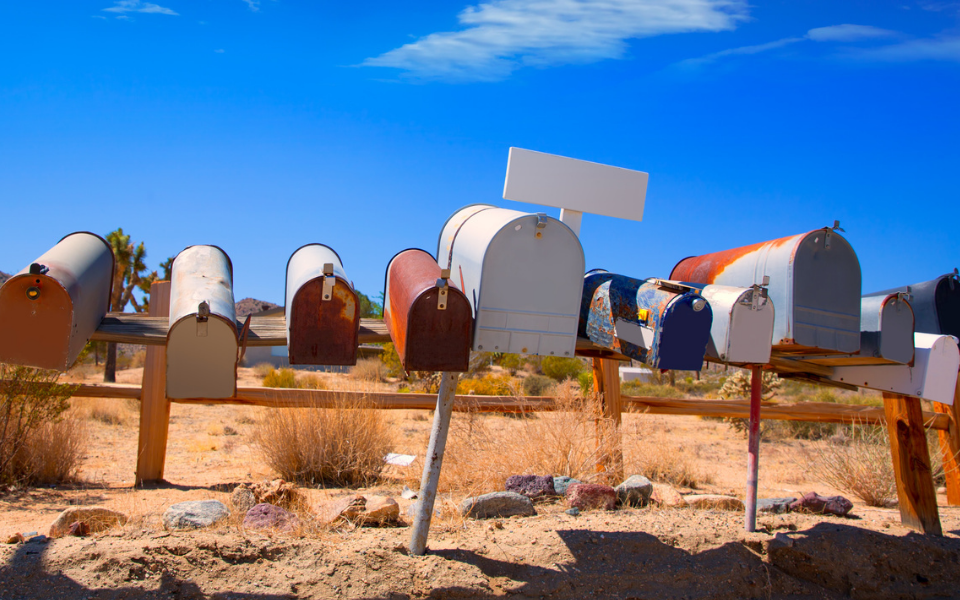No products in the cart.

3 min

Classroom Activities

Admin SEVEN STEPS
The changing face of communication
In October 1971 Ray Tomlinson sent the first ever email. While the message itself was nothing of note, probably something along the lines of QWERTYUIOP, it would ultimately change the way that we communicate forever.
Growing up I had pen pals from all over the world. I still have a box full of the handwritten letters I received; colourful, at times totally illegible, a little snapshot of my childhood. It’s sad to think that children nowadays are unlikely to have something similar to look back on.
Despite the prevalence of digital communication methods, however, the art of letter writing is by no means dead. We all need to write letters at some point, for example thank you letters, letters of complaint, job applications, to name just a few. Teaching students how to structure a letter correctly and encouraging them to put this into practice from an early age improves their communication, social and handwriting skills.

Activity 1
To introduce younger students to the features and structure of a letter try this fun letter writing activity:
- Write a letter from the three little pigs to Mr Wolf complaining about his behaviour.
- Read The Three Little Pigs to the class and as you get towards the end of the book let the letter fall onto the floor.
- Read the letter to the class and discuss the structure and features of the letter. How does a letter differ from an email or a text message? How is the letter structured? Highlight any features that are similar to other text types, e.g. Sizzling Start and Ending with Impact.
- Ask students to work in groups to brainstorm how Mr Wolf might respond to the letter and convince the three little pigs to forgive him. Get each group to appoint a scribe to record their ideas on the planning template supplied.
- Get students to write the letter individually and share some examples with the class.
- For extra effect, create a post box and allow the students to post their finished letters to the three little pigs.

Activity 2
With older students, use Letter to My Teenage Self, created by 15-year-old Grace Halphen, as inspiration for a great letter writing activity:
- Read some of the example letters from the book written by prominent Australians such as Adam Gilchrist and Maggie Beer: www.heraldsun.com.au/news/teen-enlists-prominent-aussies-to-write-letters-to-their-younger-selves/news-story/448a2d1ec1f7a5b98217258c6fb6c853
- Discuss the content of the letters and how convincing they might be to a younger version of themselves. Highlight any features that are similar to other text types, e.g. Sizzling Start; Show, Don’t’ Tell and Ending with Impact.
- Ask students to work in groups to brainstorm ideas for their own letters to their younger self and record their ideas on the planning template supplied.
- Get students to write the letter individually and share some examples with the class.
- Get students to edit each other’s letters and Ban the Boring bits.
- Create final versions of the letters and compile them to make a class book.

Letter writing – an essential skill
While emails and text messages are now the primary mode of communication and their immediacy is appealing to children, letter writing is still an essential skill that draws on many of the techniques used in other forms of writing. What’s more, the fun of sending and receiving mail ‘the old fashioned way’ can never be replicated by the ping of a new message in your inbox.

Other great resources and lesson ideas
Picture books about post/mail/letters: www.playingbythebook.net/2010/04/27/99-picture-books-about-post-mail-letters/
An Introduction to letter writing: www.readingrockets.org/article/introduction-letter-writing





